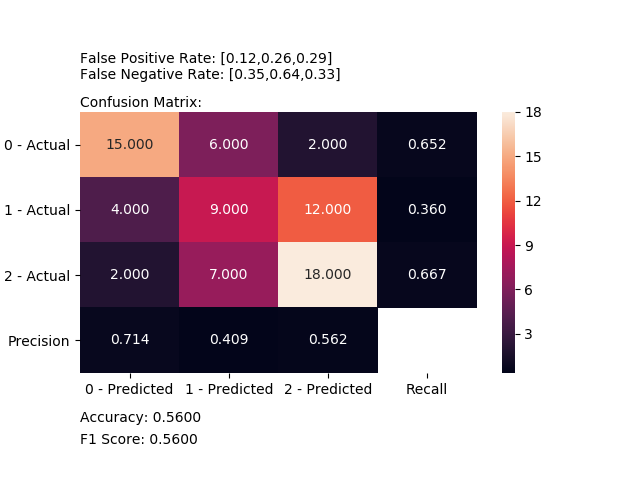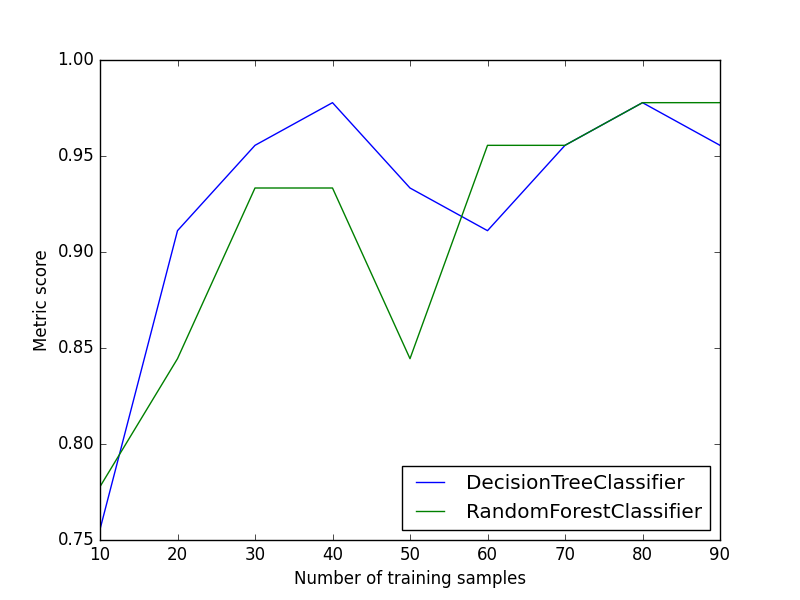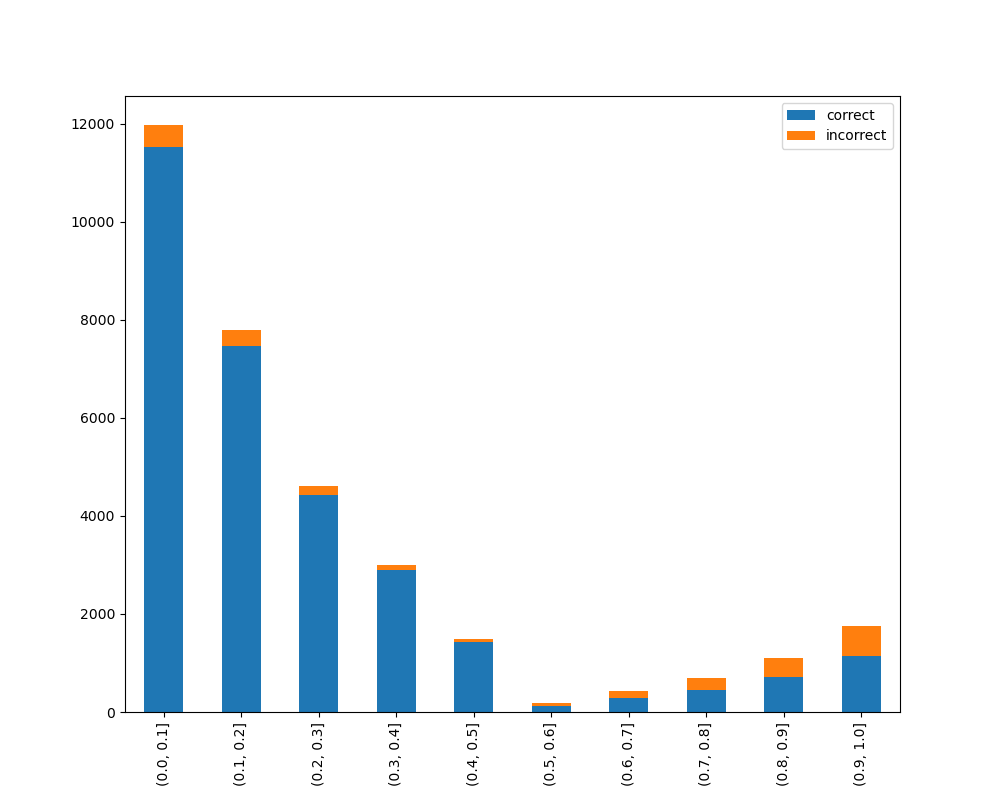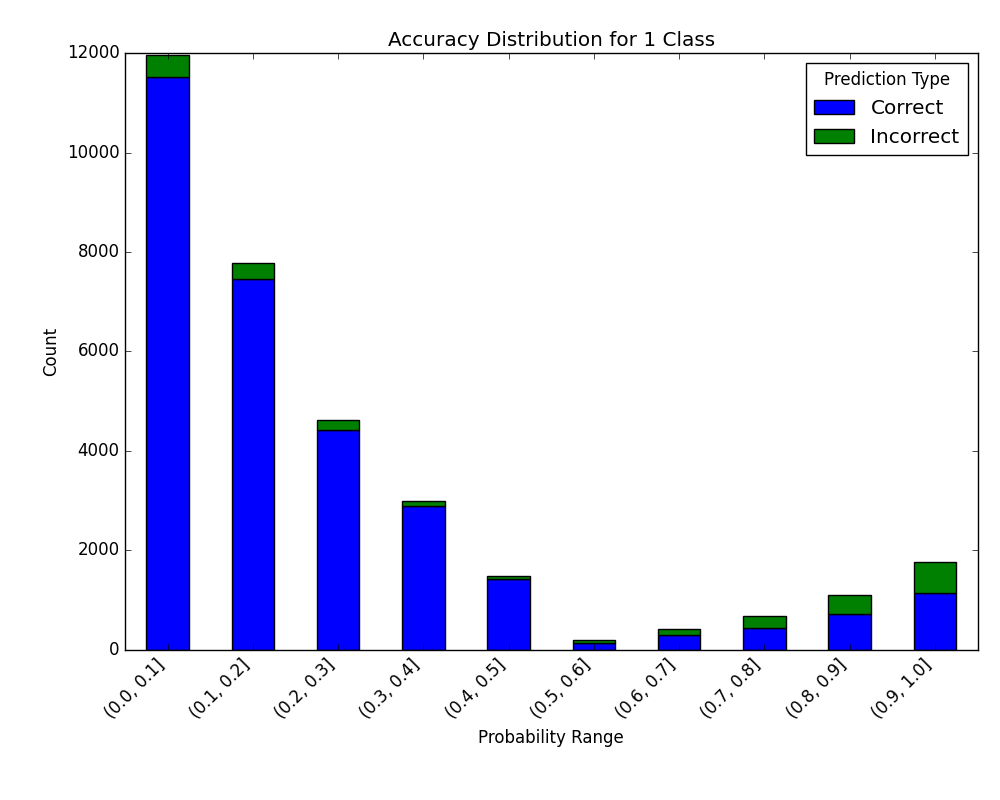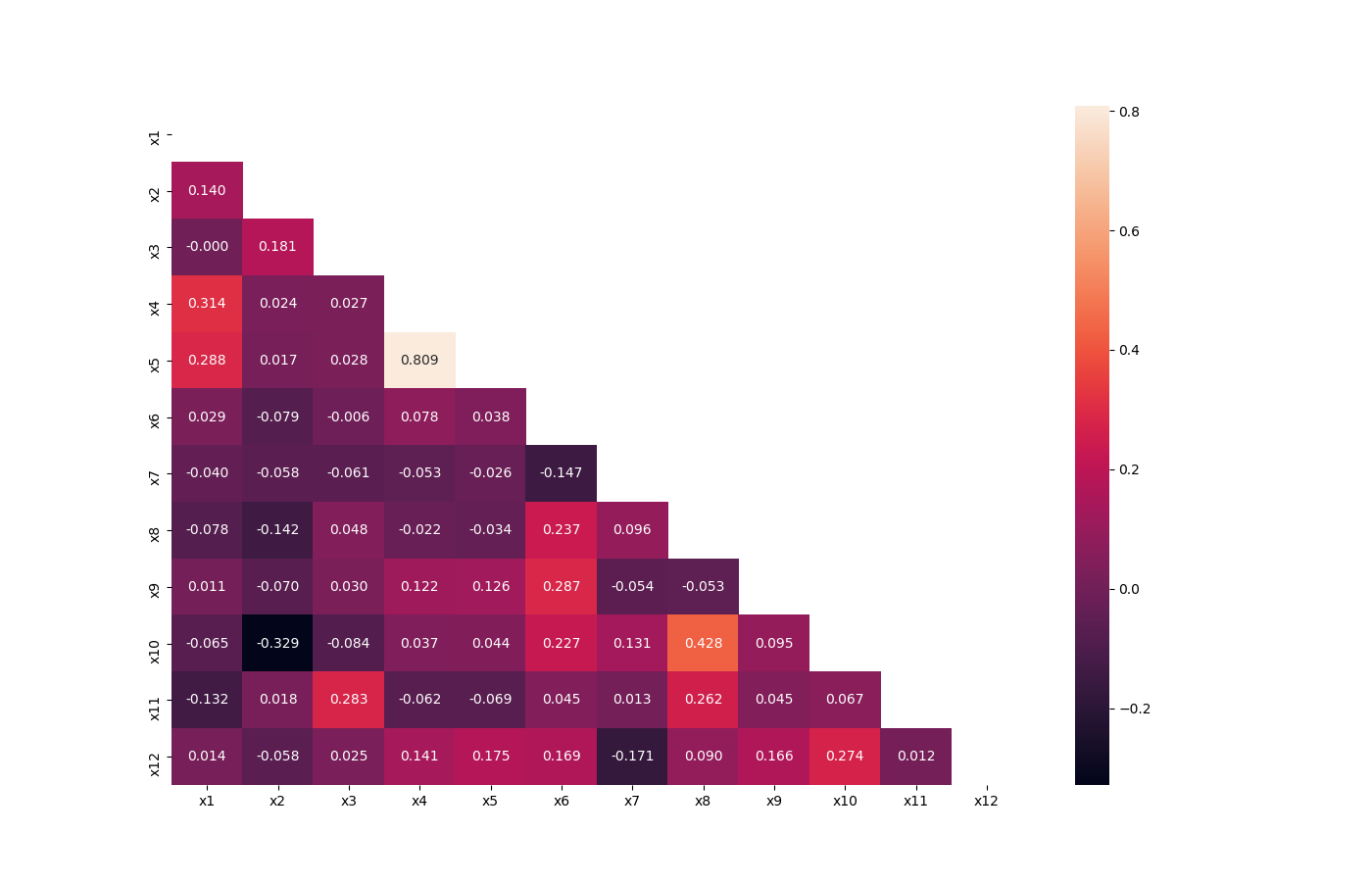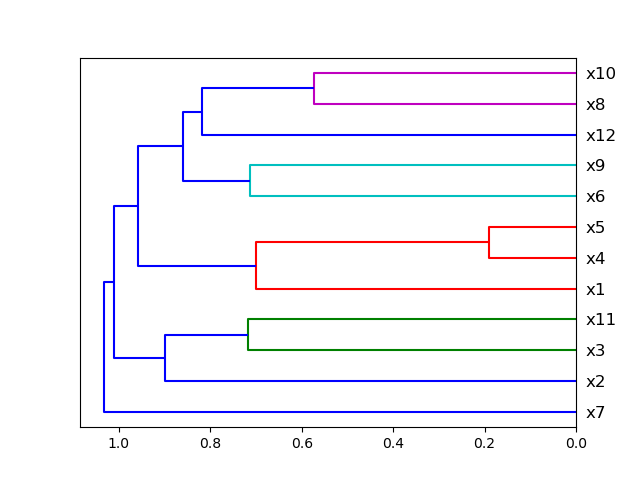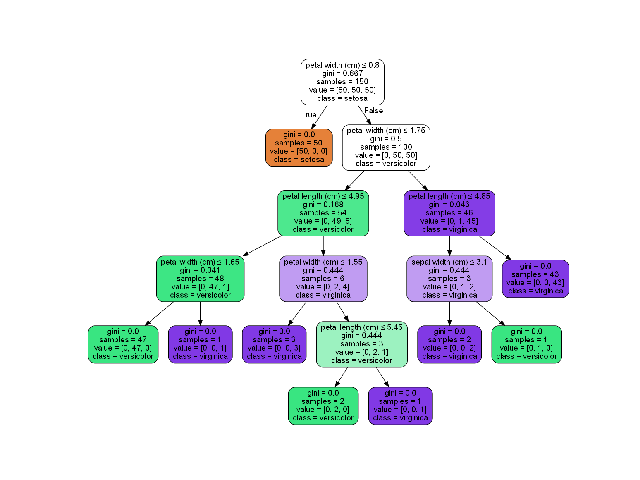This project is an ensemble of methods which are frequently used in python Data Science projects.
Project description
Data Science Utils: Frequently Used Methods for Data Science
Data Science Utils extends the Scikit-Learn API and Matplotlib API to provide simple methods that simplify task and visualization over data.
Code Examples and Documentation
Let's see some code examples and outputs.
You can read the full documentation with all the code examples from: https://datascienceutils.readthedocs.io/en/latest/
In the documentation you can find more methods and more examples.
The API of the package is build to work with Scikit-Learn API and Matplotlib API. Here are some of capabilities of this package:
Metrics
Plot Confusion Matrix
Computes and plot confusion matrix, False Positive Rate, False Negative Rate, Accuracy and F1 score of a classification.
Plot Metric Growth per Labeled Instances
Receives a train and test sets, and plots given metric change in increasing amount of trained instances.
Visualize Accuracy Grouped by Probability
Receives test true labels and classifier probabilities predictions, divide and classify the results and finally plots a stacked bar chart with the results.
Without breakdown:
With breakdown:
Preprocess
Get Correlated Features
Calculate which features correlated above a threshold and extract a data frame with the correlations and correlation to the target feature.
| level_0 | level_1 | level_0_level_1_corr | level_0_target_corr | level_1_target_corr |
|---|---|---|---|---|
| income_category_Low | income_category_Medium | -0.9999999999999999 | -0.1182165609358650 | 0.11821656093586504 |
| term_ 36 months | term_ 60 months | -1.0 | -0.1182165609358650 | 0.11821656093586504 |
| interest_payments_High | interest_payments_Low | -1.0 | -0.1182165609358650 | 0.11821656093586504 |
Strings
Append Tags to Frame
Extracts tags from a given field and append them as dataframe.
A dataset that looks like this:
x_train:
| article_name | article_tags |
|---|---|
| 1 | ds,ml,dl |
| 2 | ds,ml |
x_test:
| article_name | article_tags |
|---|---|
| 3 | ds,ml,py |
Using this code:
import pandas
from ds_utils.strings import append_tags_to_frame
x_train = pandas.DataFrame([{"article_name": "1", "article_tags": "ds,ml,dl"},
{"article_name": "2", "article_tags": "ds,ml"}])
x_test = pandas.DataFrame([{"article_name": "3", "article_tags": "ds,ml,py"}])
x_train_with_tags, x_test_with_tags = append_tags_to_frame(x_train, x_test, "article_tags", "tag_")
will be parsed into this:
x_train_with_tags:
| article_name | tag_ds | tag_ml | tag_dl |
|---|---|---|---|
| 1 | 1 | 1 | 1 |
| 2 | 1 | 1 | 0 |
x_test_with_tags:
| article_name | tag_ds | tag_ml | tag_dl |
|---|---|---|---|
| 3 | 1 | 1 | 0 |
Extract Significant Terms from Subset
Returns interesting or unusual occurrences of terms in a subset. Based on the elasticsearch significant_text aggregation.
import pandas
from ds_utils.strings import extract_significant_terms_from_subset
corpus = ['This is the first document.', 'This document is the second document.',
'And this is the third one.', 'Is this the first document?']
data_frame = pandas.DataFrame(corpus, columns=["content"])
# Let's differentiate between the last two documents from the full corpus
subset_data_frame = data_frame[data_frame.index > 1]
terms = extract_significant_terms_from_subset(data_frame, subset_data_frame,
"content")
And the following table will be the output for terms:
| third | one | and | this | the | is | first | document | second |
|---|---|---|---|---|---|---|---|---|
| 1.0 | 1.0 | 1.0 | 0.67 | 0.67 | 0.67 | 0.5 | 0.25 | 0.0 |
Visualization Aids
Visualize Feature
Receives a feature and visualize its values on a graph:
- If the feature is float then the method plots the distribution plot.
- If the feature is datetime then the method plots a line plot of progression of amount thought time.
- If the feature is object, categorical, boolean or integer then the method plots count plot (histogram).
| Feature Type | Plot |
|---|---|
| Float | 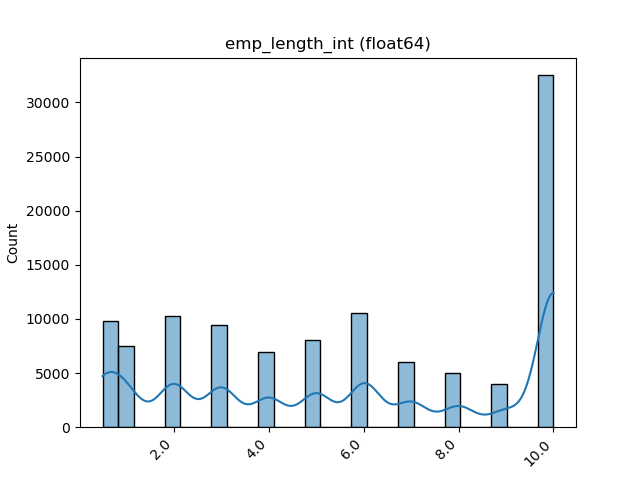 |
| Integer |  |
| Datetime | 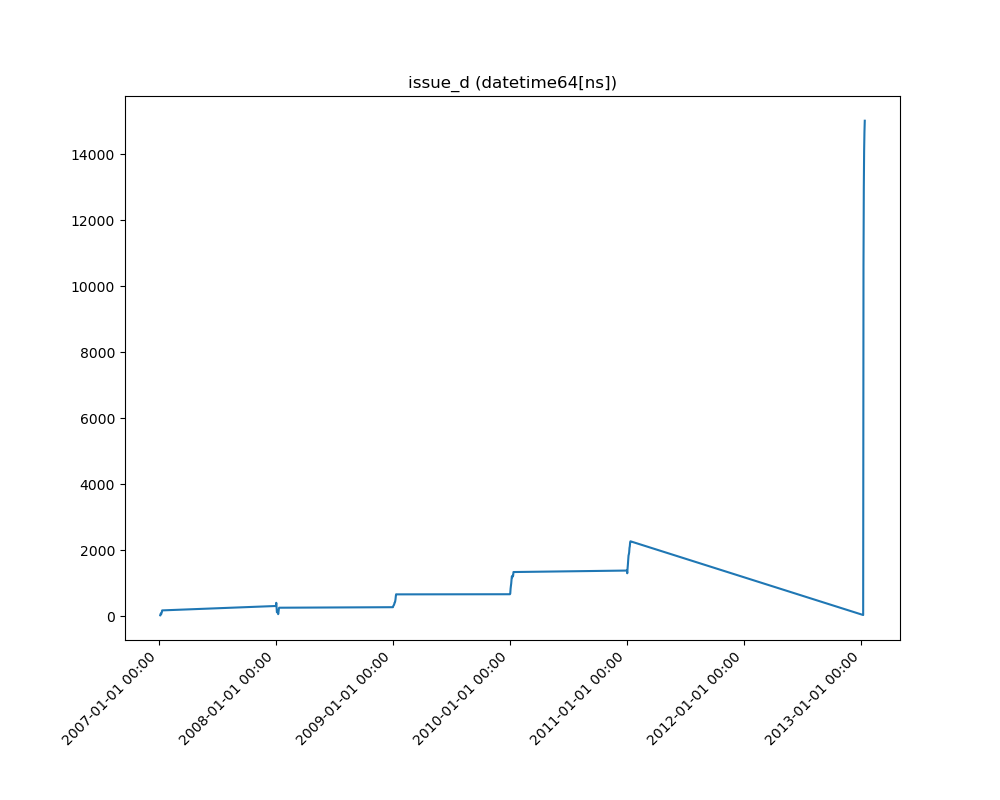 |
| Category / Object | 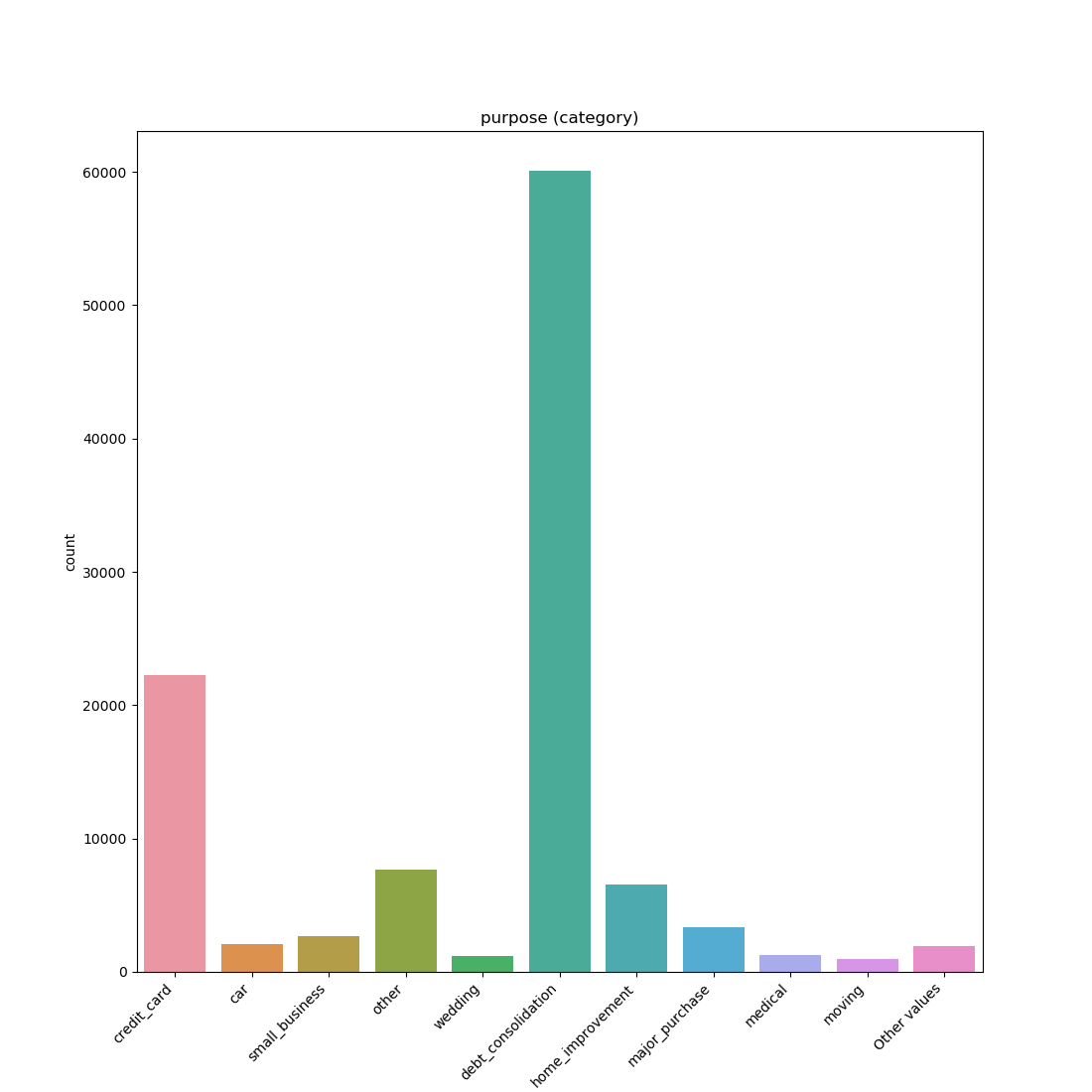 |
| Boolean | 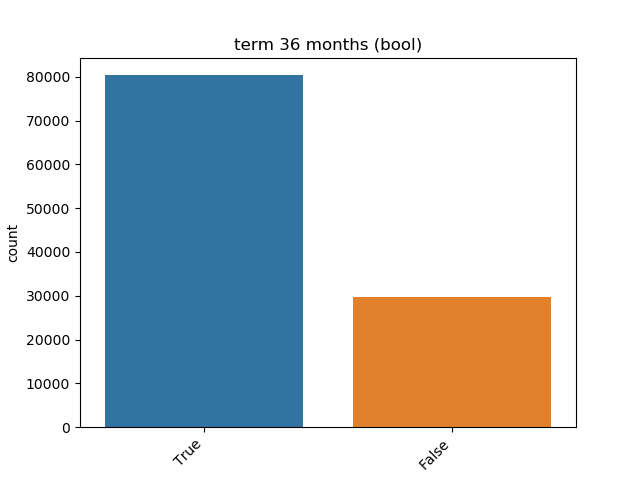 |
Visualize Correlations
Compute pairwise correlation of columns, excluding NA/null values, and visualize it with heat map. Original code
Plot Correlation Dendrogram
Plot dendrogram of a correlation matrix. This consists of a chart that that shows hierarchically the variables that are most correlated by the connecting trees. The closer to the right that the connection is, the more correlated the features are.
Plot Features' Relationship
Plots the joint distribution between two features:
- If both features are either categorical, boolean or object then the method plots the shared histogram.
- If one feature is either categorical, boolean or object and the other is numeric then the method plots a boxplot chart.
- If one feature is datetime and the other is numeric or datetime then the method plots a line plot graph.
- If one feature is datetime and the other is either categorical, boolean or object the method plots a violin plot (combination of boxplot and kernel density estimate).
- If both features are numeric then the method plots scatter graph.
| Numeric | Categorical | Boolean | Datetime | |
|---|---|---|---|---|
| Numeric | 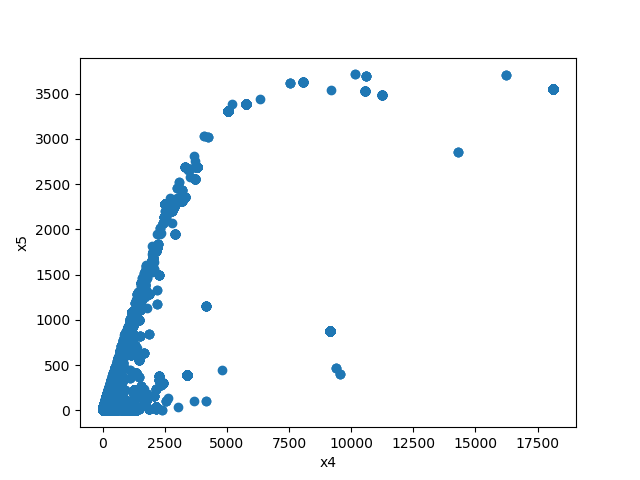 |
|||
| Categorical | 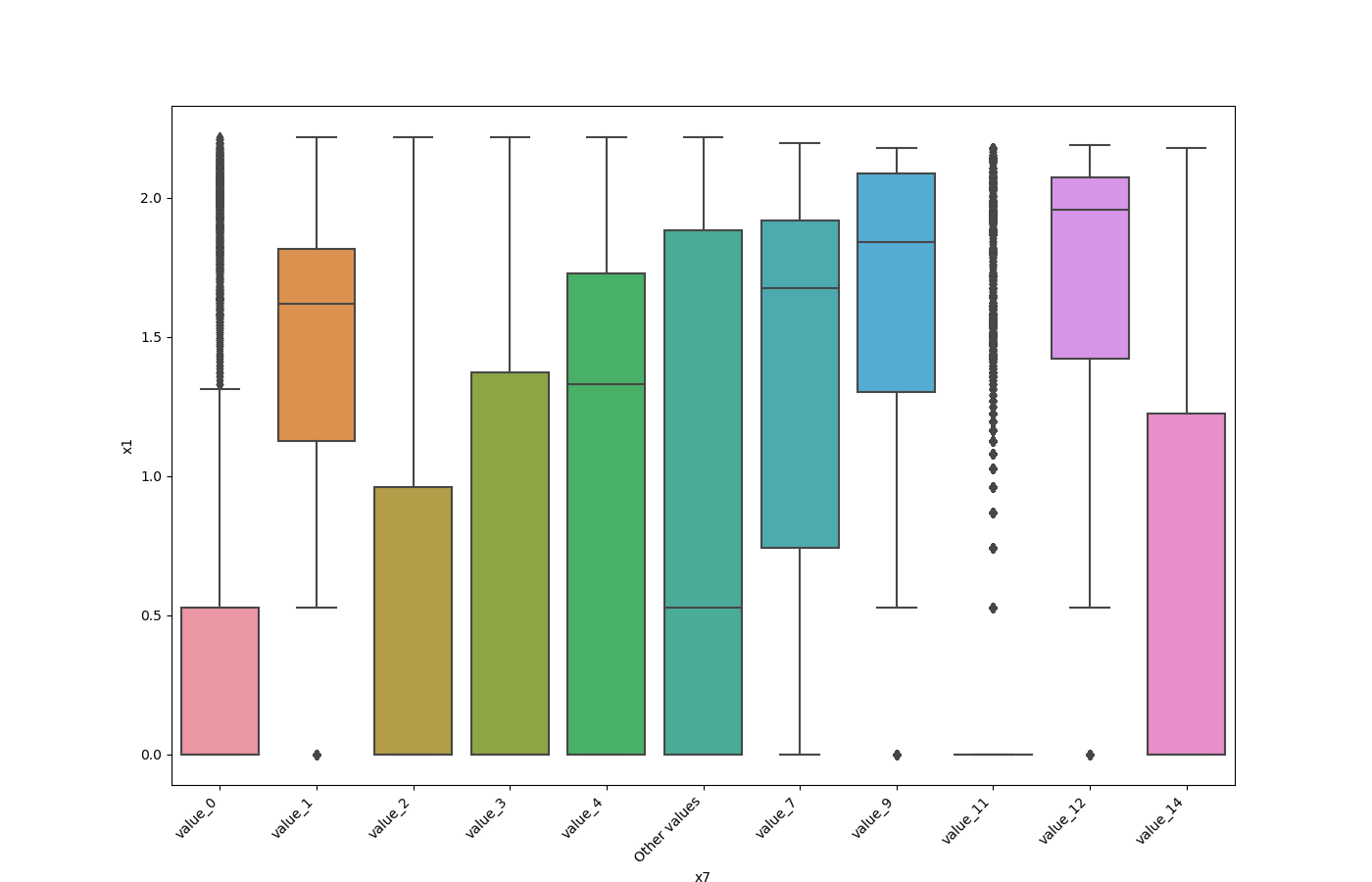 |
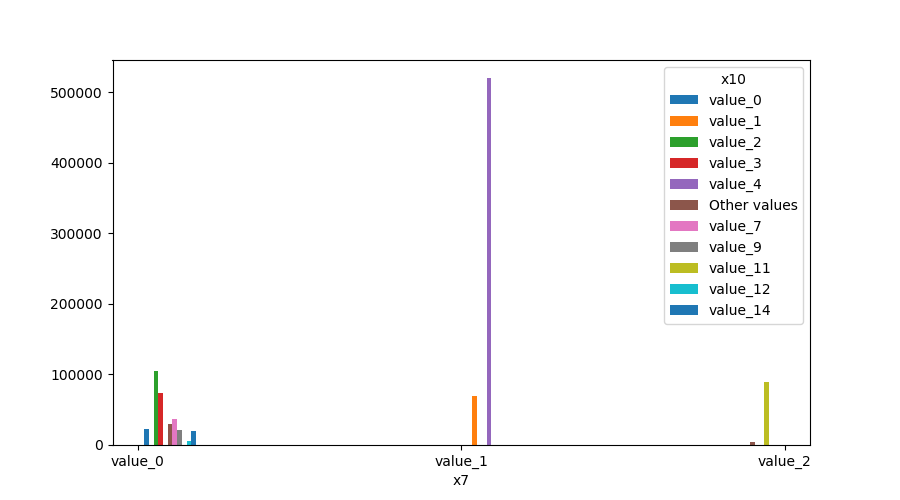 |
||
| Boolean | 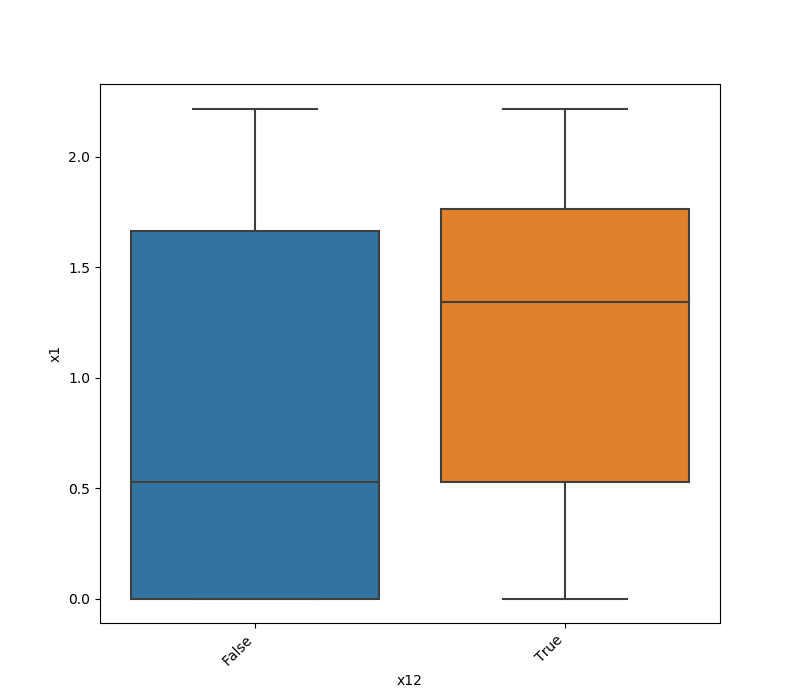 |
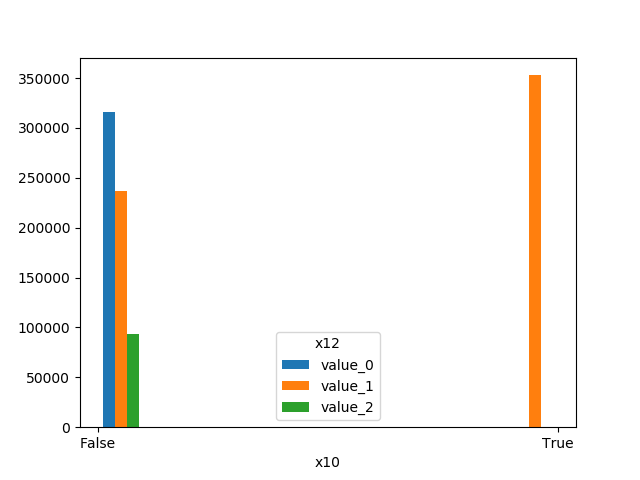 |
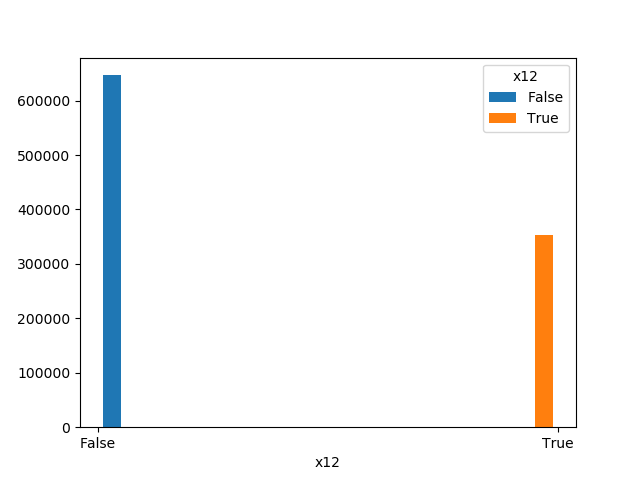 |
|
| Datetime | 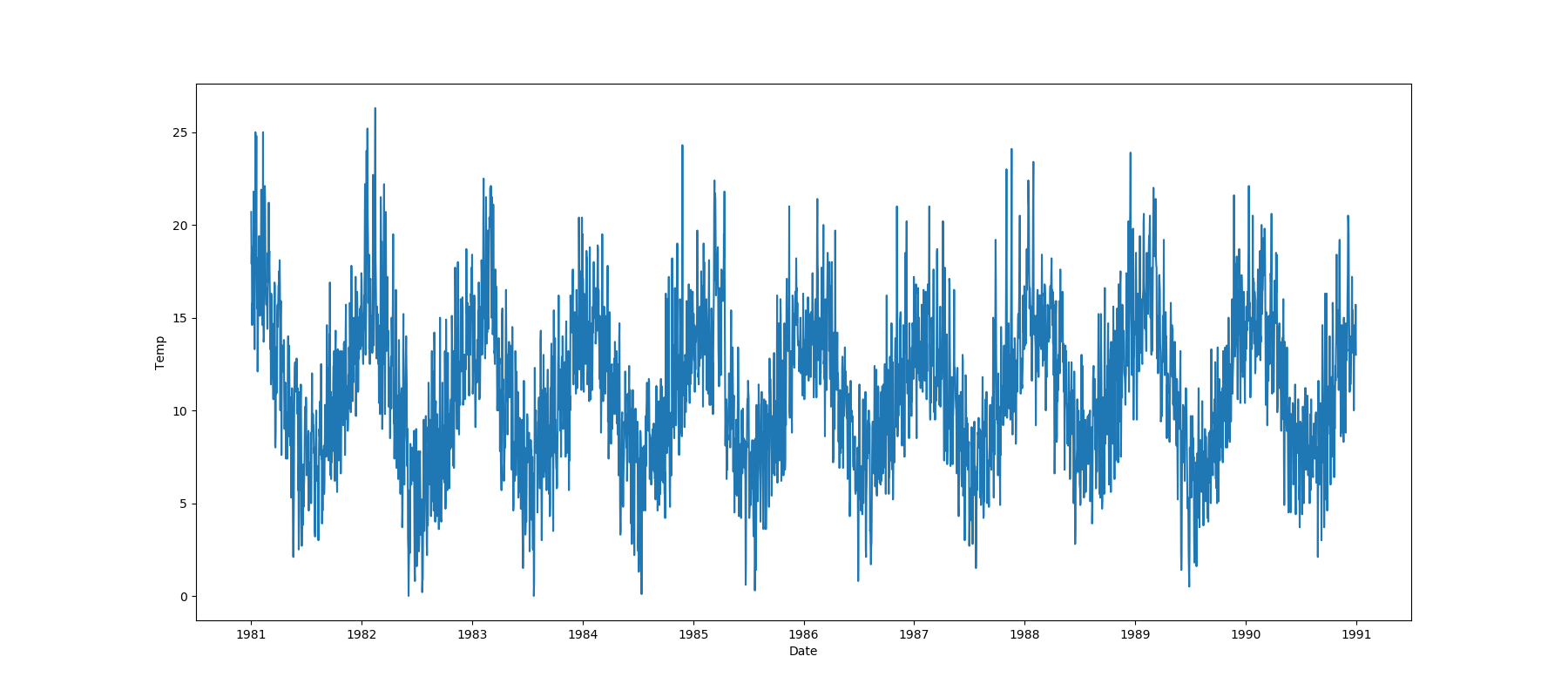 |
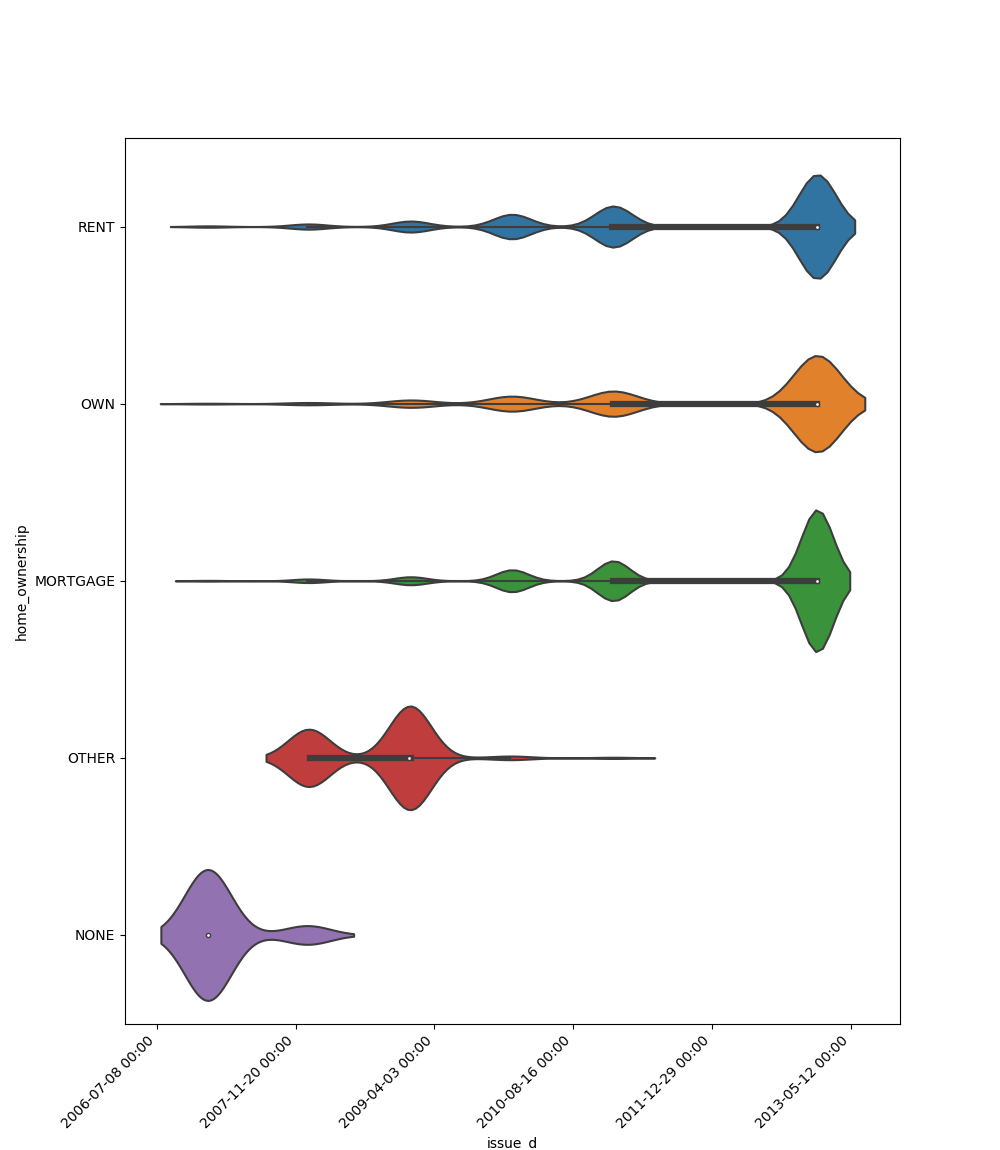 |
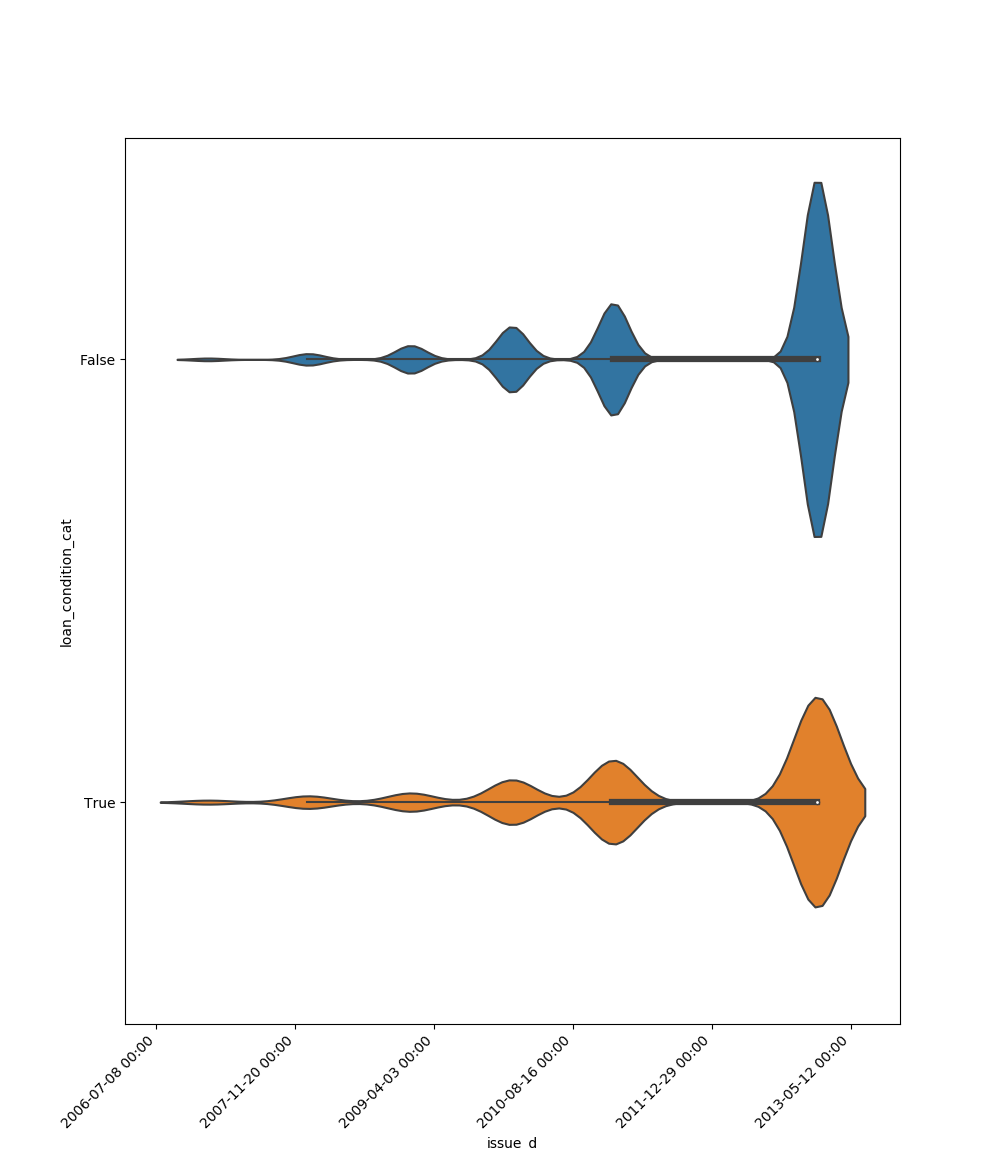 |
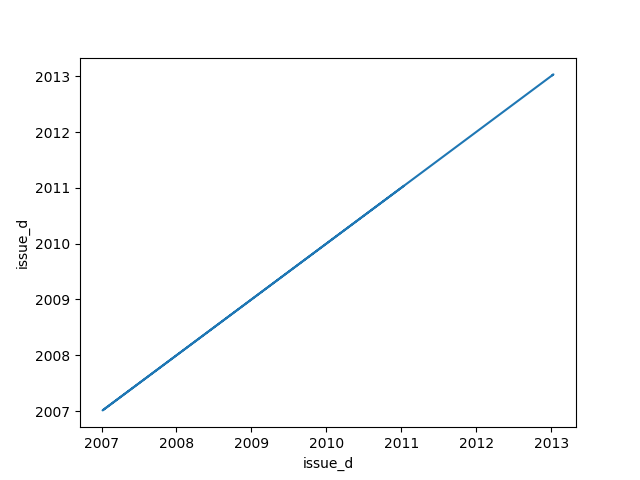 |
##XAI
Draw Tree
Receives a decision tree and return a plot graph of the tree for easy interpretation.
Generate Decision Paths
Receives a decision tree and return the underlying decision-rules (or 'decision paths') as text (valid python syntax). Original code
from sklearn.tree import DecisionTreeClassifier
from ds_utils.xai import generate_decision_paths
# Create decision tree classifier object
clf = DecisionTreeClassifier(max_depth=3)
# Train model
clf.fit(x, y)
print(generate_decision_paths(clf, feature_names, target_names.tolist(),
"iris_tree"))
The following text will be printed:
def iris_tree(petal width (cm), petal length (cm)):
if petal width (cm) <= 0.8000:
# return class setosa with probability 0.9804
return ("setosa", 0.9804)
else: # if petal width (cm) > 0.8000
if petal width (cm) <= 1.7500:
if petal length (cm) <= 4.9500:
# return class versicolor with probability 0.9792
return ("versicolor", 0.9792)
else: # if petal length (cm) > 4.9500
# return class virginica with probability 0.6667
return ("virginica", 0.6667)
else: # if petal width (cm) > 1.7500
if petal length (cm) <= 4.8500:
# return class virginica with probability 0.6667
return ("virginica", 0.6667)
else: # if petal length (cm) > 4.8500
# return class virginica with probability 0.9773
return ("virginica", 0.9773)
see full example here.
Excited?
Read about all the modules here and see more methods and abilities (such as drawing a decision tree and more):
- Metrics - The module of metrics contains methods that help to calculate and/or visualize evaluation performance of an algorithm.
- Preprocess - The module of preprocess contains methods that are processes that could be made to data before training.
- Strings - The module of strings contains methods that help manipulate and process strings in a dataframe.
- Visualization Aids - The module of visualization aids contains methods that visualize by drawing or printing ML output.
- XAI - The module of xai contains methods that help explain a model decisions.
Contributing
Interested in contributing to Data Science Utils? Great! You're welcome, and we would love to have you. We follow the Python Software Foundation Code of Conduct and Matplotlib Usage Guide.
No matter your level of technical skill, you can be helpful. We appreciate bug reports, user testing, feature requests, bug fixes, product enhancements, and documentation improvements.
Thank you for your contributions!
Find a Bug?
Check if there's already an open issue on the topic. If needed, file an issue.
Open Source
Data Science Utils license is MIT License.
Installing Data Science Utils
Data Science Utils is compatible with Python 3.6 or later. The simplest way to install Data Science Utils and its dependencies is from PyPI with pip, Python's preferred package installer:
pip install data-science-utils
Note that this package is an active project and routinely publishes new releases with more methods. In order to upgrade Data Science Utils to the latest version, use pip as follows:
pip install -U data-science-utils
Alternatively you can install from source by cloning the repo and running:
git clone https://github.com/idanmoradarthas/DataScienceUtils.git
cd DataScienceUtils
python setup.py install
Or install using pip from source:
pip install git+https://github.com/idanmoradarthas/DataScienceUtils.git
If you're using Anaconda, you can install using conda:
conda install -c idanmorad data-science-utils
Project details
Release history Release notifications | RSS feed
Download files
Download the file for your platform. If you're not sure which to choose, learn more about installing packages.
Source Distribution
Built Distribution
Hashes for data_science_utils-1.6.2-py3-none-any.whl
| Algorithm | Hash digest | |
|---|---|---|
| SHA256 | 51d7cb52f5ee94df70c248d713212816928ac84cad16cb221288865b77cd1074 |
|
| MD5 | fe0b67b665acf0d05228f1e2744b4e7c |
|
| BLAKE2b-256 | 5962c6c28b33d055f25c71fac9066d4ef123861cdf9b24c3325e3da2b136f941 |












